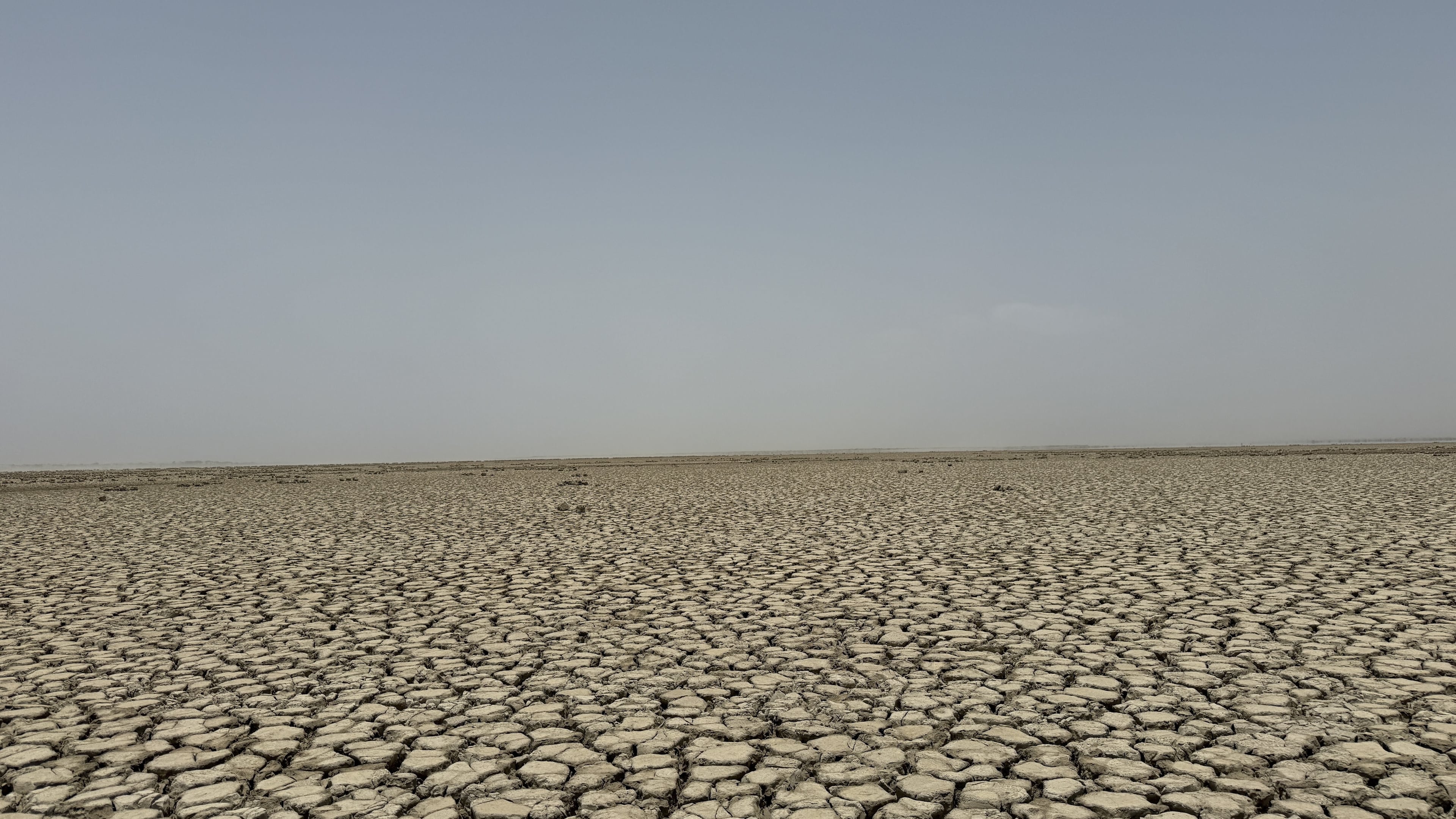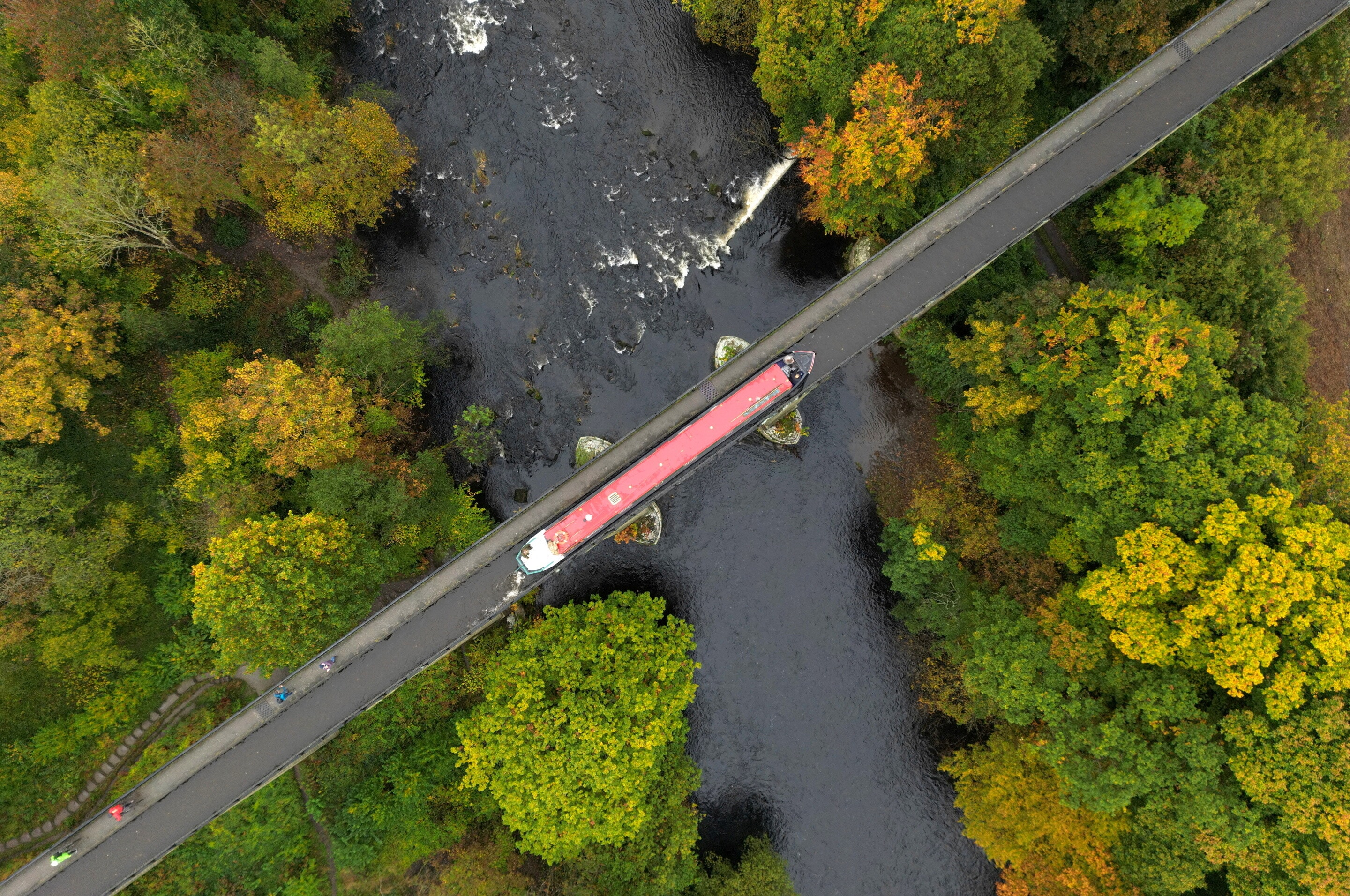Here's how fertilizer could be produced more sustainably

It is imperative that agriculture makes a more efficient use of nitrogen fertilizers.
Image: Unsplash/Etienne Girardet
Stay up to date:
Agriculture, Food and Beverage
- Researchers have shown how nitrogen fertilizer could be produced more sustainably.
- A combination of approaches, including electrifying fertilizer production by using water electrolysis, could help decarbonize the industry, they say.
- Decarbonizing fertilizer production would in many cases reduce price shock vulnerability and increase food security.
- India, Brazil, China, France, Turkey and Germany are particularly vulnerable to price shocks in the natural gas and nitrogen markets, say the researchers.
Researchers have shown how nitrogen fertilizer could be produced more sustainably.
This is necessary not only to protect the climate, but also to reduce dependence on imported natural gas and to increase food security.
Intensive agriculture is possible only if the soil is fertilized with nitrogen, phosphorus, and potassium. While phosphorus and potassium can be mined as salts, nitrogen fertilizer has to be produced laboriously from nitrogen in the air and from hydrogen. And, the production of hydrogen is extremely energy-intensive, currently requiring large quantities of natural gas or—as in China—coal.
Besides having a correspondingly large carbon footprint, nitrogen fertilizer production is vulnerable to price shocks on the fossil fuels markets.
Paolo Gabrielli, senior scientist at the Laboratory of Reliability and Risk Engineering at ETH Zurich, has collaborated with Lorenzo Rosa, principal investigator at Carnegie Institution for Science at Stanford University, to investigate various carbon-neutral production methods for nitrogen fertilizer.
In their study, the two researchers conclude that a transition in nitrogen production is possible and that such a transition may also increase food security. However, alternative production methods have advantages and disadvantages. Specifically, the two researchers examined three alternatives:
- Producing the necessary hydrogen using fossil fuels as in the business-as-usual, only instead of emitting the greenhouse gas CO2 into the atmosphere, it is captured in the production plants and permanently stored underground (carbon capture and storage, CSS). This requires not only an infrastructure for capturing, transporting, and storing the CO2 but also correspondingly more energy. Despite this, it is a comparatively efficient production method. However, it does nothing to reduce dependence on fossil fuels.
- Electrifying fertilizer production by using water electrolysis to produce the hydrogen. This requires average of 25 times as much energy as today’s production method using natural gas, so it would take huge amounts of electricity from carbon-neutral sources. For countries with an abundance of solar or wind energy, this might be an appealing approach. However, given plans to electrify other sectors of the economy in the name of climate action, it might lead to competition for sustainable electricity.
- Synthesizing the hydrogen for fertilizer production from biomass. Since it requires a lot of arable land and water, ironically this production method competes with food production. But the study’s authors point out that it makes sense if the feedstock is waste biomass—for example, crop residues.
The researchers say that the key to success is likely to be a combination of all these approaches depending on the country and on specific local conditions and available resources.
In any case, it is imperative that agriculture make a more efficient use of nitrogen fertilizers, as Rosa stresses: “Addressing problems like over-fertilization and food waste is also a way to reduce the need for fertilizer.”
In the study, the researchers also sought to identify the countries of the world in which food security is currently particularly at risk owing to their dependence on imports of nitrogen or natural gas. The following countries are particularly vulnerable to price shocks in the natural gas and nitrogen markets: India, Brazil, China, France, Turkey, and Germany.
Decarbonizing fertilizer production would in many cases reduce this vulnerability and increase food security. At the very least, electrification via renewables or the use of biomass would reduce the dependence on natural gas imports. However, the researchers put this point into perspective: all carbon-neutral methods of producing nitrogen fertilizer are more energy intensive than the current method of using fossil fuels. In other words, they are still vulnerable to certain price shocks—not on natural gas markets directly, but perhaps on electricity markets.
Decarbonization is likely to change the line-up of countries that produce nitrogen fertilizer, the scientists point out in their study. As things stand, the largest nitrogen exporting nations are Russia, China, Egypt, Qatar, and Saudi Arabia. Except for China, which has to import natural gas, all these countries can draw on their own natural gas reserves. In the future, the countries that are likely to benefit from decarbonization are those that generate a lot of solar and wind power and also have sufficient reserves of land and water, such as Canada and the United States.
“There’s no getting around the fact that we need to make agricultural demand for nitrogen more sustainable in the future, both for meeting climate targets and for food security reasons,” Gabrielli says.
The war in Ukraine is affecting the global food market not only because the country normally exports a lot of grain, but also because the conflict has driven natural gas prices higher. This in turn has caused prices for nitrogen fertilizers to rise. Even so, some fertilizer producers are known to have ceased production, at least temporarily, because the exorbitant cost of gas makes production uneconomical for them.
How is the World Economic Forum ensuring sustainable global markets?
Accept our marketing cookies to access this content.
These cookies are currently disabled in your browser.
Don't miss any update on this topic
Create a free account and access your personalized content collection with our latest publications and analyses.
License and Republishing
World Economic Forum articles may be republished in accordance with the Creative Commons Attribution-NonCommercial-NoDerivatives 4.0 International Public License, and in accordance with our Terms of Use.
The views expressed in this article are those of the author alone and not the World Economic Forum.
Related topics:
Forum Stories newsletter
Bringing you weekly curated insights and analysis on the global issues that matter.
More on Food and WaterSee all
Tom Crowfoot
August 14, 2025
Sikander Bizenjo and Eric Shahzar
August 14, 2025
Aurora Matteini and Derek Baraldi
August 6, 2025
Mauro Gianni and Isidora Kosta
August 4, 2025
Hu Xiangdong and Felipe Carazo
August 1, 2025




